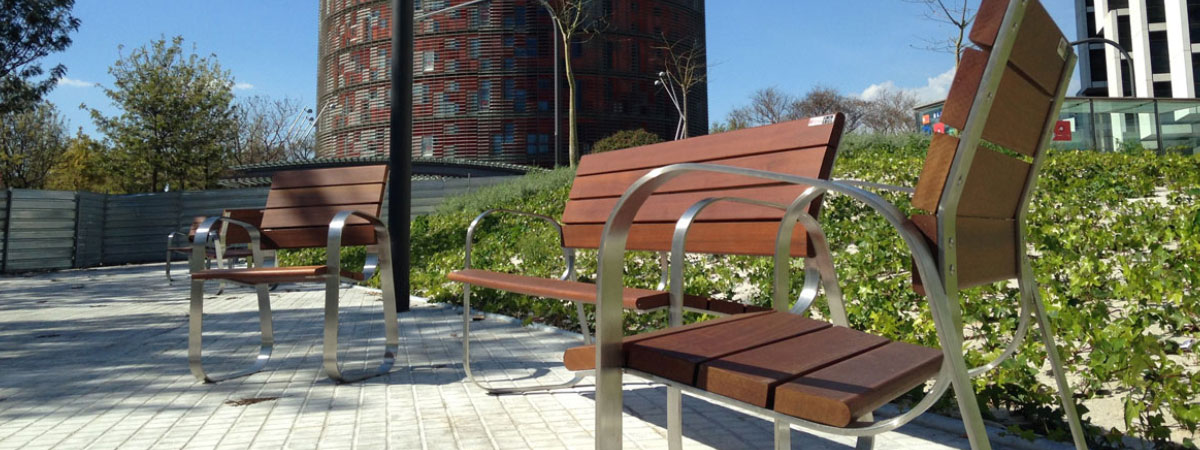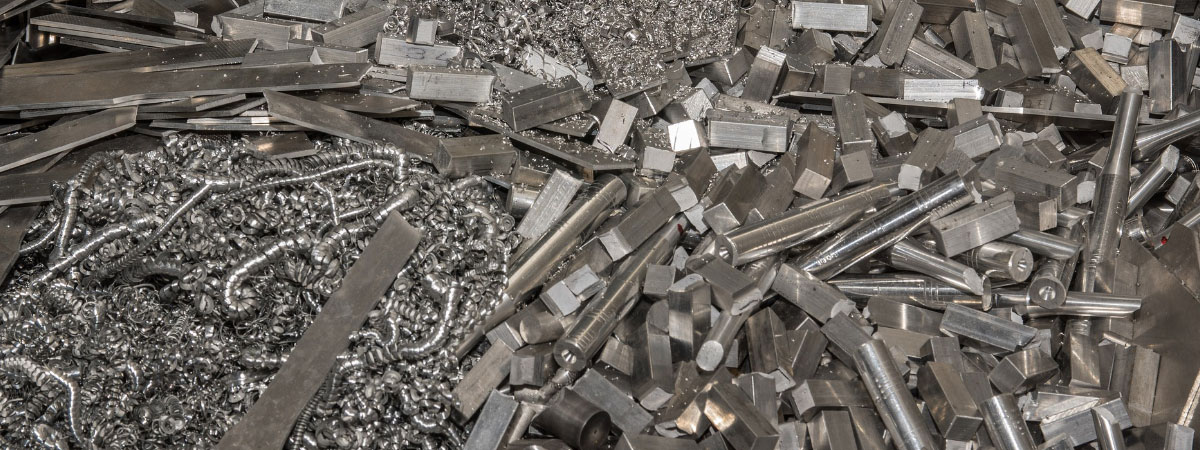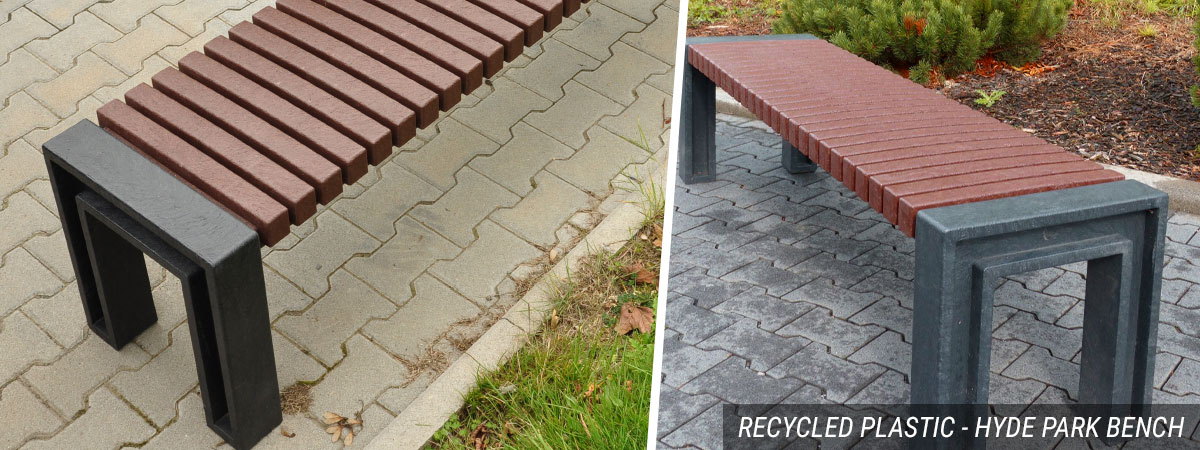How sustainability is shaping street furniture

The impact of street furniture on urban areas over recent years has increasingly focused on social connections and community building, inspiring people to connect with each other. But is it keeping up with increasing consumer attitudes towards sustainability?
Not only are social and technological factors affecting public spaces such as towns or city centres, but consumer behaviour is increasingly driven by sustainability and environmental concerns.
In recent years, construction professionals as well as product manufacturers are taking responsibility and adopting a much more sustainable approach to developing sustainable street furniture.
Why are manufacturers adopting a more sustainable approach to their street furniture?
There are several factors that are driving manufacturers and suppliers to provide more sustainable street furniture.
One of the major influences is the UK Government’s commitment to the Net Zero target as recommended by the Climate Change Committee, by 2050.
40% of the UK’s carbon footprint is attributable to the built environment. According to the UK Green Building Council, “almost half of this is from energy used in buildings (e.g. plug loads and cooking) and infrastructure (e.g. roads and railways) that has nothing to do with their functional operation.”
For street furniture manufacturers to work towards the Net Zero target, they are adopting more energy-efficient production techniques, transportation procedures and installation methods. As well as using more sustainable materials.
Another reason why manufacturers are creating more sustainable street furniture products is the availability of certain materials. The use of wood, plastic and aluminium is increasingly influencing street furniture due to their eco-friendly nature.
All three materials can be recycled at the end of the product’s lifecycle, which saves a considerable amount of energy to produce from scratch from raw materials. For example, recycling aluminium saves 95% of the energy used compared with producing from raw materials.

How are these sustainable methods affecting street furniture?
Material selection is having a big impact on the design of street furniture, particularly products such as seating, benches, planters, bins, and tree protection.
Traditional street furniture products were made from concrete, which isn’t as environmentally friendly to produce or dispose of at the end of the product’s lifecycle, compared with other materials.
Modern materials include wood, plastic and aluminium are much more eco-friendly to work with, and as a result manufacturers are designing more modern, contemporary street furniture pieces.
The materials are also much easier to work with and install, for sub-contractors. This results in a more sustainable installation process that is quicker and more energy efficient.
SFD’s commitment to sustainable design
Street Furniture Direct is committed to protecting the environment and promoting sustainable development for street furniture production.
Our range of street furniture is continually being updated and improved to give you access to a more sustainable range of products for your urban project.
We are committed to using less carbon-intensive building materials in our product range, as well as improved logistics and transportation of products to and from our headquarters in Adlington, Cheshire.
This helps sub-contractors to work with more sustainable street furniture products for their projects, as well as working with a more progressive, environmentally friendly business who is committed to reducing our impact on the environment.
For more information on our product range, telephone us on 01625 879 442, email us at enquiries@streetfurnituredirect.co.uk or view our range of street furniture, bollards, cycle parking, shelters or lockers.
